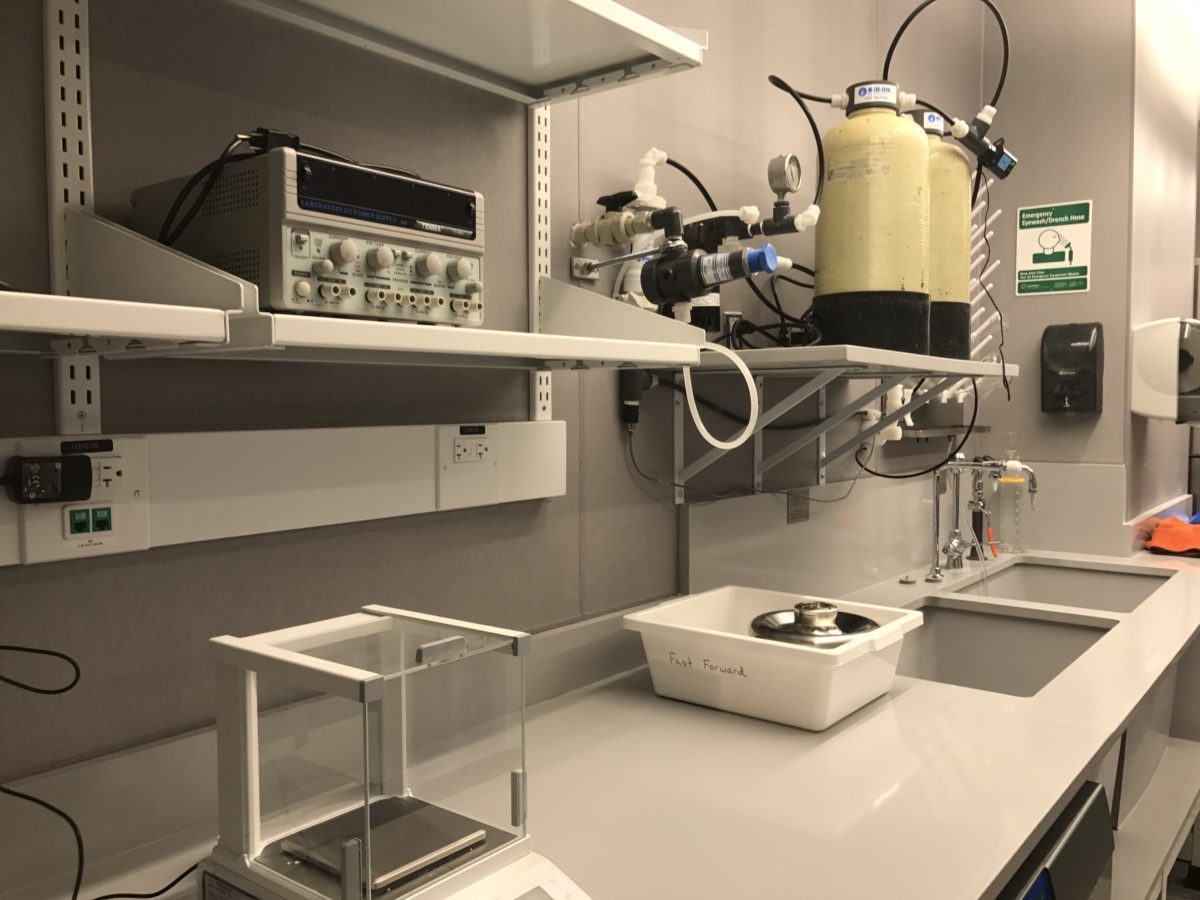Johns Hopkins University recorded $2.56 billion in research spending in 2017.
As a result, the university keeps its long-held place atop the National Science Foundation‘s survey results of higher education research and development expenditures, according to the JHU Hub.
The total combines the work being done at the university’s Baltimore-based campuses and Laurel-based Johns Hopkins Applied Physics Laboratory, the latter of which reported $1.47 billion. JHU’s figure was $1 billion more than second-place University of Michigan, which recorded $1.53 billion.
“The wide breadth of research at Johns Hopkins, from engineering to the life science, from the social sciences to the humanities, continues to be funded at record levels,” says Denis Wirtz, the university’s vice provost for research, said in a statement. “This support allows the institution to uphold its critical mission of fostering independent and original research, and bringing the benefits of discovery to the world.”
Some of the research also leads to new companies that turn the new solutions into marketable products. While historically lagging behind in this area, Hopkins has mounted a new push to up commercialization activities on campus through resources available from Johns Hopkins Tech Ventures and its FastForward incubators. A pair of notable news items this year from Baltimore companies that spun out of JHU research include Canton-based Personal Genome Diagnostics‘ $75 million funding round and addition of a new office, and Neruo Motor Innovations’ recent acquisition by Swiss braintech company Mindmaze.
Hopkins has topped the list for 39 years, and is the only university to reach the $2 billion mark. The university gained in 2017, as this year’s expenditures were up 5.4 percent over fiscal year 2016.
Federal funding is a big driver of research, accounting for 85 percent of the university’s spending. JHU also tops the list of federal funding, with $2.179 billion.
Across all 903 universities surveyed, NSF reported that research spending was up 4.7 percent. However, the overall share of federally funded higher education R&D was at its lowest level since the survey began in 1953, according to the Hub.
Johns Hopkins leads all US universities in R&D spending







